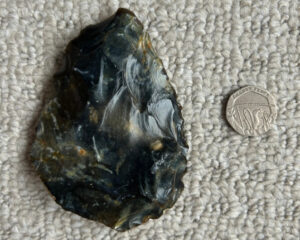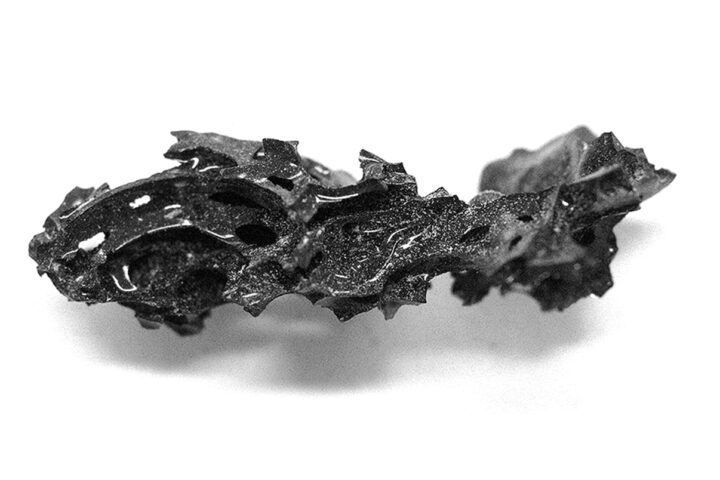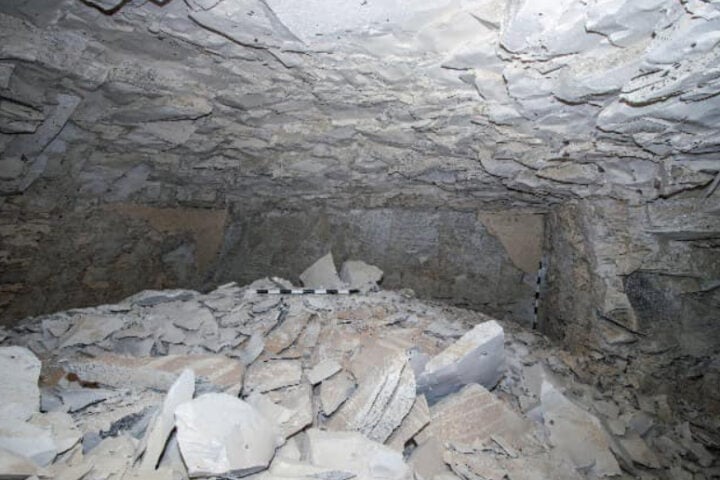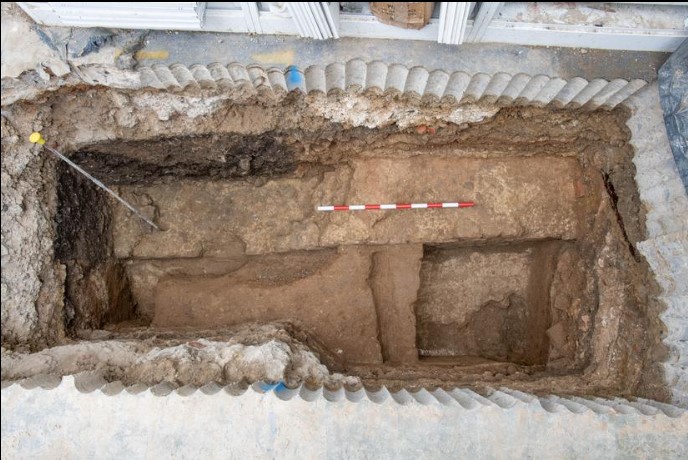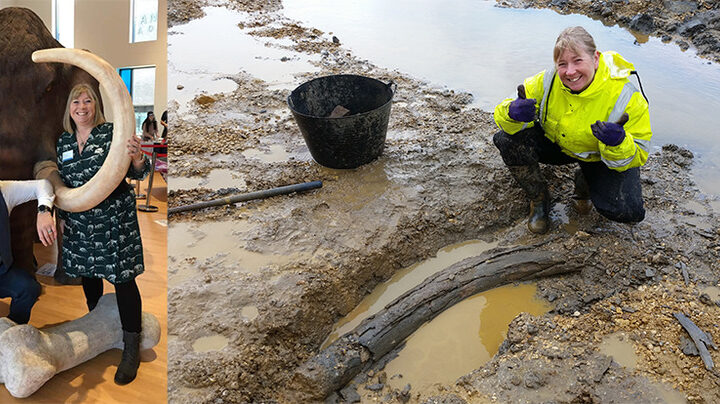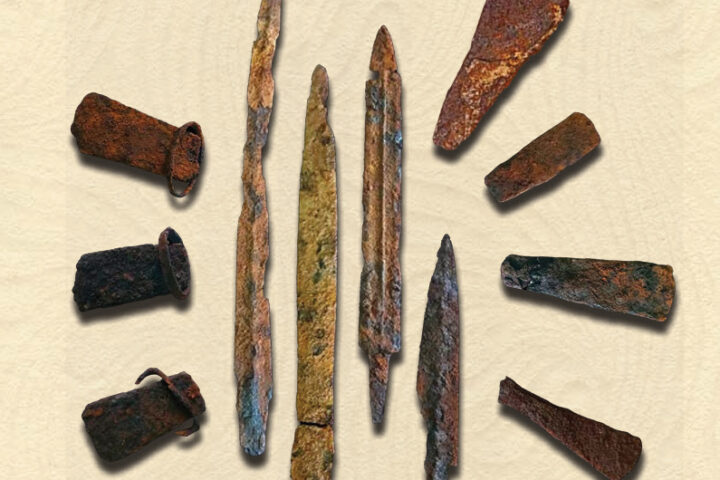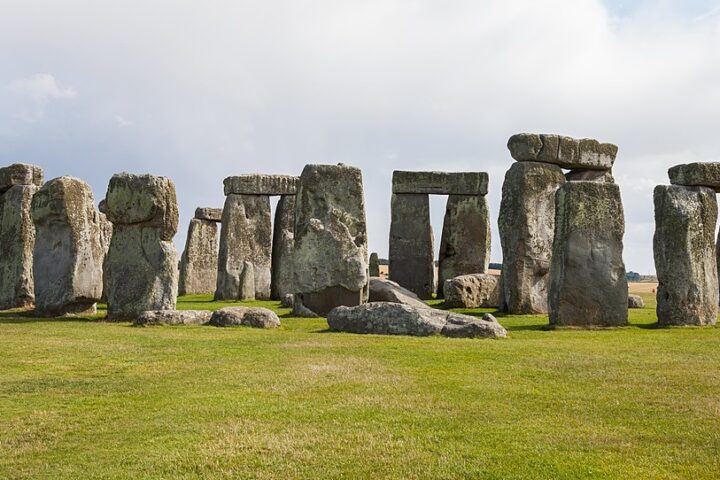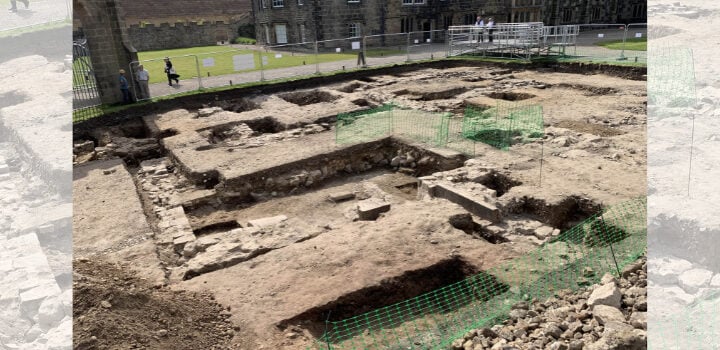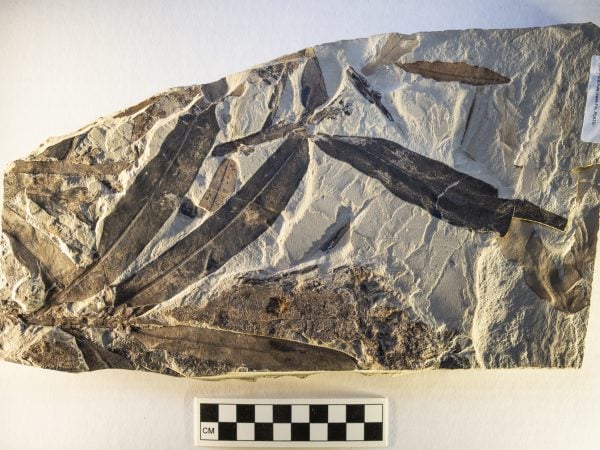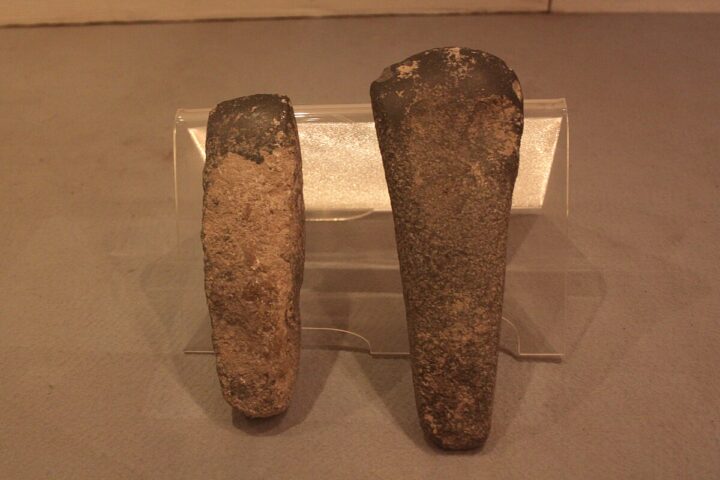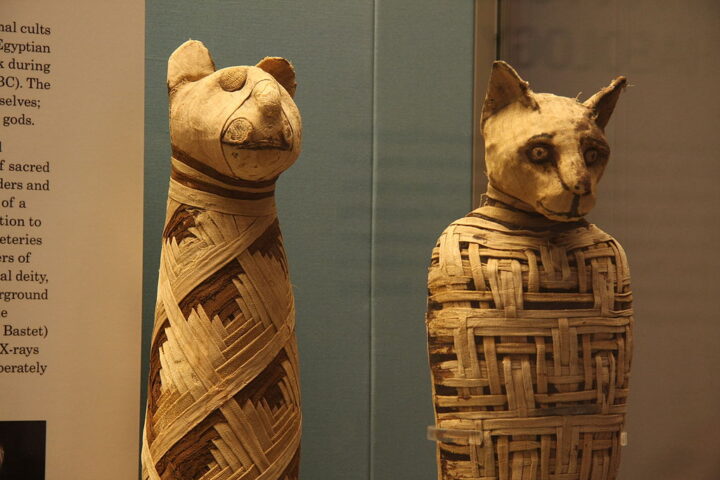A chance discovery by a young boy on Shoreham Beach, West Sussex, has added a remarkable chapter to British archaeological history. Ben Witten, now nine years old, found what experts have confirmed to be a Neanderthal hand axe dating back 40,000 to 60,000 years while playing on the beach at age six.
“I was looking around, and I saw this shiny flint rock,” Witten told BBC News. “I just thought it looked different from all the other different pebbles and stones.”
The discovery remained in Witten’s bedroom for three years, where he “kept losing it and finding it,” until a visit to Worthing Museum’s Stone Age exhibition sparked recognition. The similarities between the exhibited stone tools and his beach find prompted the boy to report his discovery.
James Sainsbury, curator of archaeology at Worthing Museum, initially approached the reported find with measured skepticism. “When I saw the email saying ‘beach find,’ I thought, ‘Here’s another pebble,'” Sainsbury told the Argus. However, the photographs revealed an authentic Neanderthal artifact.
“Neanderthal hand axes are rare in Sussex,” Sainsbury explained to Fox News Digital. “This is the first to be found in years. The nature of the find, being made by a young local boy on the beach, makes it doubly special.”
Similar Posts:
The hand axe exhibits specific characteristics that confirm its Neanderthal origins. It is bifacial – worked on both sides – and shows “very little sign of wear,” according to Sainsbury’s assessment. The tool’s size allows it to fit comfortably in a human palm, and its triangular shape indicates deliberate crafting.
Neanderthals created such tools by methodically chipping flint to achieve sharp, triangular shapes. These implements served multiple purposes, including cutting, digging, butchering animals, and chopping wood.
The exact journey of the axe to its discovery location remains unclear. Sainsbury notes two possibilities: it may have surfaced during work to strengthen the beach defences or could have been dropped by a Neanderthal near the original find spot.
“The sea would have been further away than it is now,” Sainsbury stated. “We don’t know exactly what the Sussex coast looked like back then.”
The British Museum’s Portable Antiquities Scheme will record the find, ensuring its documentation for future research. Witten has loaned the axe to Worthing Museum until February, making it accessible for public viewing.
“I did want to keep it, but I felt like it would be better there than in my hands,” Witten said about his decision to share the discovery.
Sainsbury emphasizes the importance of public participation in archaeological discoveries. “I hope people realize that they don’t need specialist training to find interesting archaeology,” he told Fox News Digital. “Coupled with that, it is incredibly important to report any finds so they can be properly recorded. Otherwise, that information is lost forever.”
This discovery adds to the growing record of civilian archaeological finds in Britain, demonstrating the value of public engagement in archaeological preservation.
